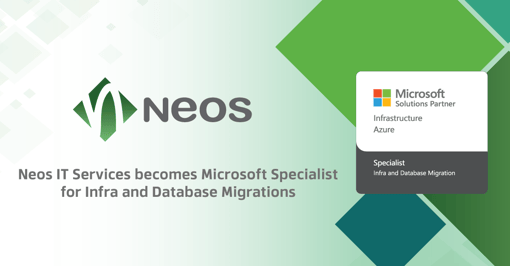
Do you have the feeling you are overpaying on your AWS bill? This topic piques the interest of many who want to optimize their cloud expense.
Like you, I want to keep up with latest AWS cloud updates – can be a daunting task. In that effort I read a nice article from The Register.
The article gives a real-life example, use of a Content Delivery Network (CDN) to scale a website at a cost of around $23.00 per month. One month, the AWS bill came to $2,657.68, thanks to sharing a 13.7GB file that proved unexpectedly popular.
The article points out that there is a way to prevent this. At the end of September 2020 AWS announced a new service, AWS Cost Anomaly Detection. This can be configured by adding a Cost Monitor to an AWS account.
Cost Anomaly Detection is now a part of the larger AWS Cost Management suite.
However, even if cost anomaly detection had been enabled on this account, there was nothing to still prevent the high level of downloads from occurring except for some manual intervention. We are not told what if anything existed to stop the 13.7GB file from being downloaded at any given point or from any location. This brings several questions to mind:
- What type of data was being shared on this website?
- What is the typical size of data to be shared/downloaded?
- What about only allowing the download of content over a given GB size to be limited to paying users of the website?
- From what locations is content typically downloaded?
- Was the increase in cost due to the 13.7GB file being downloaded from one or more locations?
So many things we do not know about this story.
Does it pay to configure the AWS Cost Management Suite for a $23.00 a month environment? Apparently yes in this case. It is clear, once the environment is deployed without any automated way to prevent costs rising due to usage, it is not good enough just to get a cost anomaly alert.
Is there a way to estimate how much the AWS Cost Management tools will cost you per month? Let’s have a look: https://aws.amazon.com/aws-cost-management/
AWS lists 10 use cases for AWS Cost Management and there can be up to 21 AWS Services involved. Is this daunting for anyone yet?
One final question: Is there a better way? The good news: Yes.
This story is really about what needs to be considered first: Architecture and deployment to fit the use case. It may be best to find an expert who can:
- Understand the use case
- Create an Architecture to secure the environment, data
- Create secure user access
- At each step build in the monitoring and alerting to fit the use case
- Select the AWS Cost Management Tools which fit for the use case and size of the environment.
In Summary, it can be complex to determine where specific cloud cost factors arise. Nice new cost management tools are being announced on a regular basis, but how does this help if there is no way to prevent the cost increase? Setting up a cost alert is not enough.
The answer is to go back to the design. Apply the principles of the AWS Well Architected Framework. Create an architecture design that fits the use case. Build in automated controls based on usage thresholds. Additionally, make use of the appropriate cost management tools to monitor how the costs change based on usage.
Last, it is always a good idea to ask for expert advice.
Neos IT is an experienced IT service provider and AWS Advanced Consulting partner. We are firmly embedded in the AWS Well Architected Framework best practice for cloud deployments. Our standard offer includes the AWS Well Architected Review on an annual or bi-annual basis.
We have continuously added to and expanded our expertise in the areas of IT security, compliance, hosting & cloud and the digital transformation of business-critical IT through the implementation of a large number of projects since our founding in 2005. Take advantage of our experience. We would be happy to accompany you on the path of your IT transformation.




